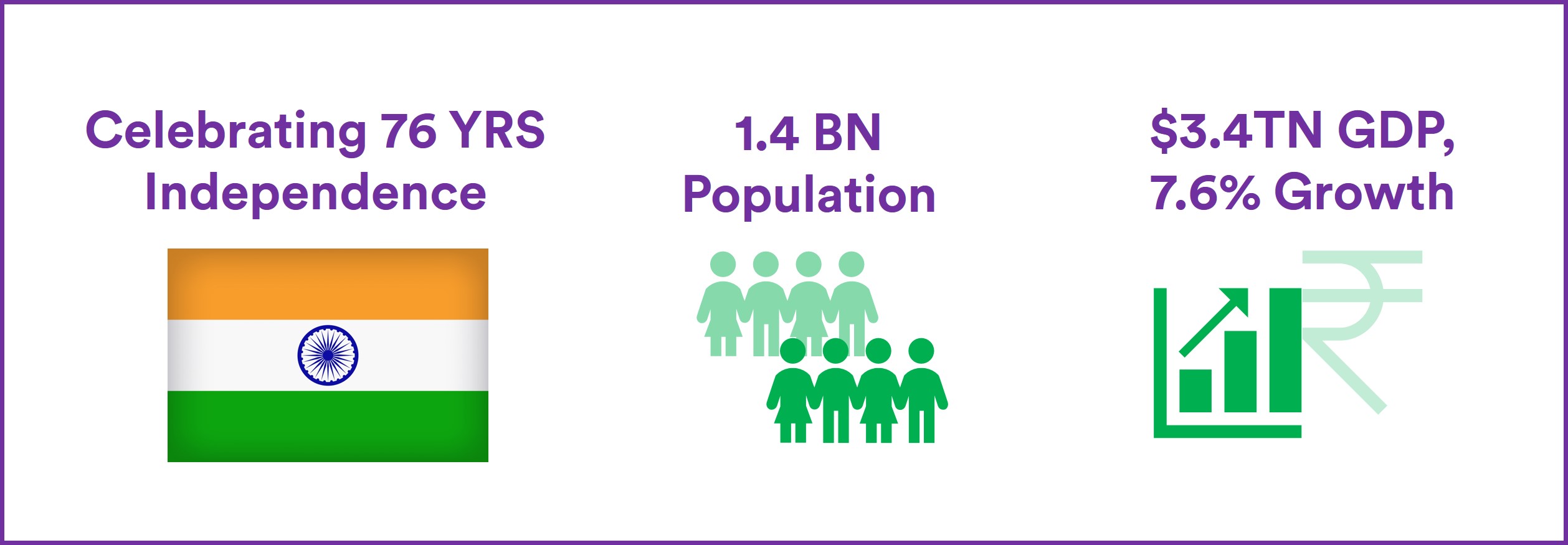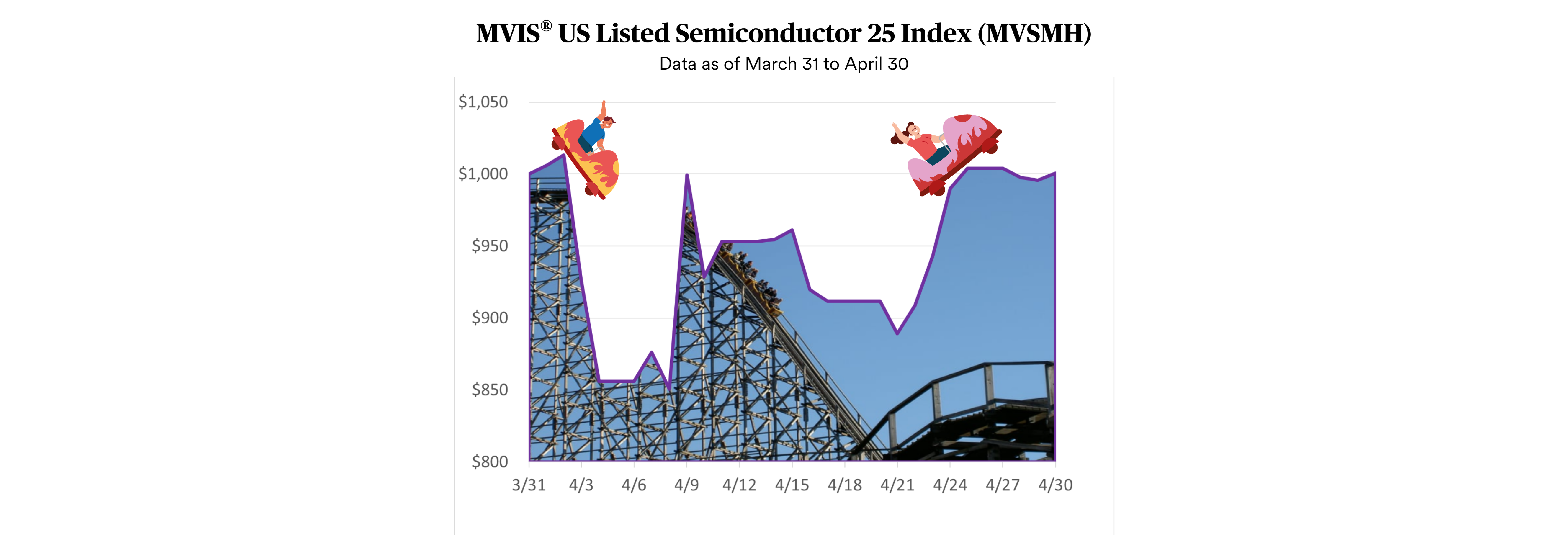It’s almost time for the world’s largest democracy to come together for the general elections which will be held during April to May. The current Indian government (Bhartiya Janta Party) and its leader - Prime Minister Narendra Modi has been in power since 2014 and is also one of the two major political parties alongside Indian National Congress contesting the upcoming election. Given Modi’s plans to lead India into a developed economy this election is crucial for the overall development of the nation.
At this conjecture, it is important to see the snapshot of the current economy and its future prospects.
India’s Macros:

Independence and Population: India celebrates 76 years of independence with a population of 1.4 billion, making it the most populous country globally. Notably, 68% of this population falls within the active working age group, indicating immense potential for leveraging the demographic dividend.
GDP Growth and Composition: With a GDP of USD 3.42 trillion, India ranks 5th globally, showcasing robust economic expansion with a real GDP growth of 7.6% in FY24. The composition reveals a shift towards a more service-oriented economy, with agriculture at 20%, industry at 28%, and services dominating at 52%.
Interest Rates: Despite global challenges, India maintains stability in its macroeconomic indicators. The repo rate stands at 6.5%, inflation is kept in check at 5.5%, and the current account balance improves to -1.2% of GDP, signaling healthy export growth and economic resilience.
Market Performance and Currency Strength: The BSE Sensex witnesses a remarkable 251% gain over the past decade, showcasing the resilience and attractiveness of India's stock market. However, the Indian Rupee faces challenges, trading at 83.14 rupees to 1 USD, influenced by global factors like US interest rates and high crude oil imports.
India has emerged to be one of the fastest growing and the youngest economies in the past decade. Some of the notable government policies and programs like ‘Make in India’ – encouraging to produce goods domestically and buy local products, Financial Inclusion with Unified Payment Interface – ensuring that the entire Indian population is covered under the formal payment economy, nutrition welfare programs, demonetization rule – to limit the cash based corruption practices, GST tax reform, Insolvency and Bankruptcy Code (2016), National Logistics policy has worked in favor of India’s development. Alongside there has been a technological paradigm shift enabling service sector to grow exponentially and effectively changing the landscape of the economy. Efforts to bring India on a global level has enabled better flow of investor money from all over the world into India, be it FII, setting up of MNC’s or the latest addition of India bonds in J.P. Morgan’s EM debt index.
With the attractive mix of demographics, favorable investible conditions, and policy reforms India holds a potential to deliver exponential growth in the upcoming years.
The MVIS® Digital India Index (MVDIND), a modified market cap index ensures a pure-play exposure to the digital economy space of India was up ~42% in YoY.
[1] https://www.forbesindia.com/article/explainers/gdp-india/85337/1
[2] https://financialservices.gov.in/beta/en
[3] https://www.statista.com/statistics/271322/inflation-rate-in-india/
[5] https://www.imf.org/external/datamapper/CG_DEBT_GDP@GDD/SWE/IND/USA/SGP/IDN/DEU
[6] https://www.forbesindia.com/article/explainers/unemployment-rate-in-india/87441/1
For more information on our family of indexes, visit www.marketvector.com.
Get the latest news & insights from MarketVector
Get the newsletterRelated:
About the Author:
Kinjal Shukla is the Index Researcher and Data Engineer at MarketVector. She is responsible for the design and development of MarketVector indexes and for creating data infographics. Kinjal has cleared FRM Level 1 having come from a risk profile in Barclays, India. She has a degree in a Master of Science in Financial Engineering from Stevens Institute of Technology, USA, and an MBA-Tech degree from NMIMS-MPSTME University, India.
For informational and advertising purposes only. The views and opinions expressed are those of the authors but not necessarily those of MarketVector Indexes GmbH. Opinions are current as of the publication date and are subject to change with market conditions. Certain statements contained herein may constitute projections, forecasts, and other forward-looking statements, that do not reflect actual results. It is not possible to invest directly in an index. Exposure to an asset class represented by an index is available through investable instruments based on that index. MarketVector Indexes GmbH does not sponsor, endorse, sell, promote, or manage any investment fund or other investment vehicle that is offered by third parties and that seeks to provide an investment return based on the performance of any index. The inclusion of a security within an index is not a recommendation by MarketVector Indexes GmbH to buy, sell, or hold such security, nor is it considered to be investment advice.




